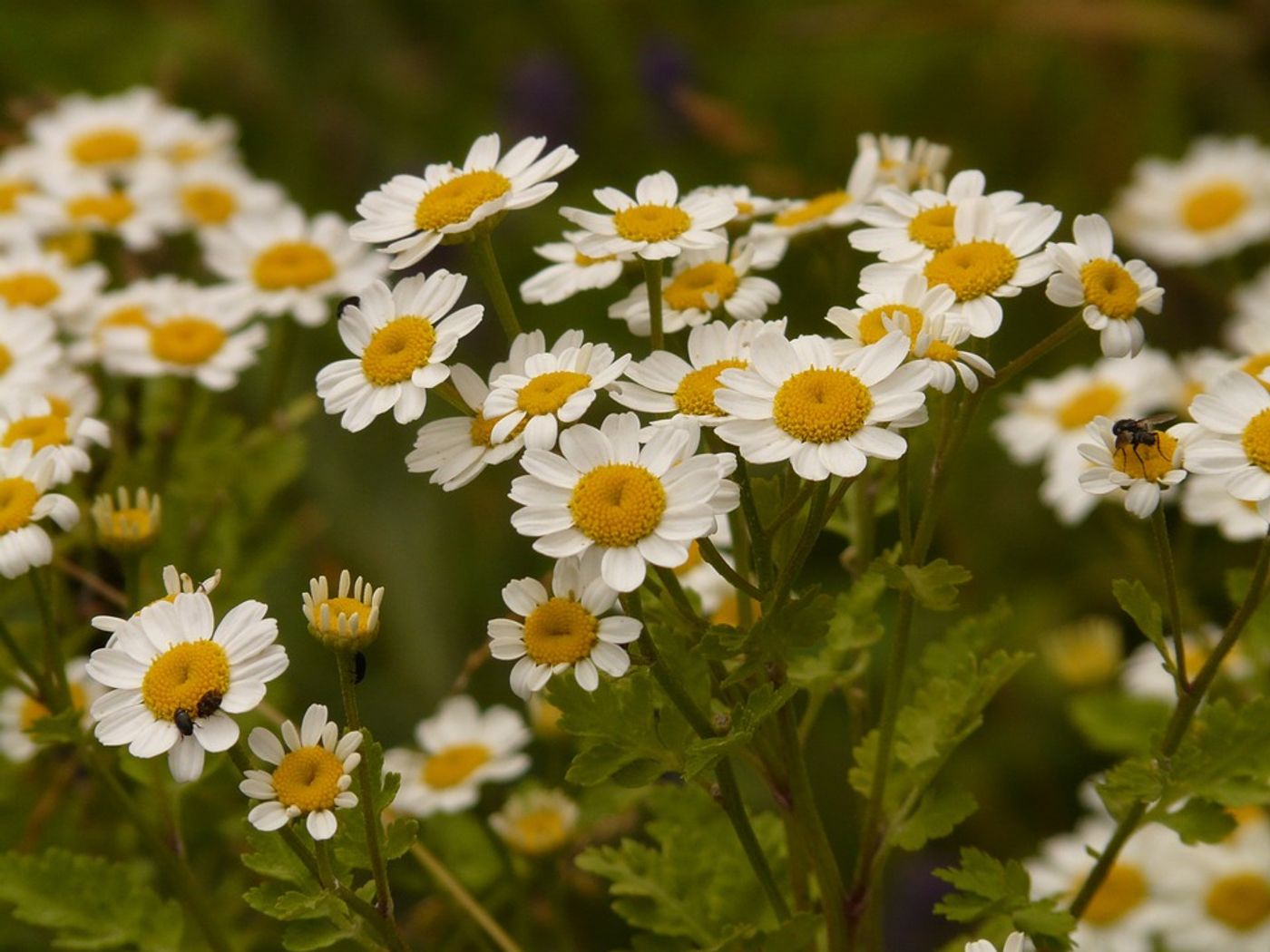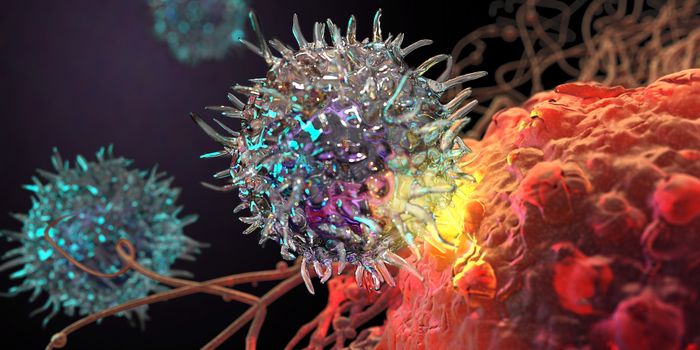The anti-cancer flower
Perhaps you have heard of feverfew, a quite common flowering plant that graces many home gardens. Its cute white petals may bring a smile to your lips – but did you know that it has hidden within it an anti-cancer compound?
New research from the University of Birmingham and published in MedChemComm shows that in addition to acting as a natural remedy for fevers, migraine headaches, rheumatoid arthritis, stomach aches, and toothaches, among other symptoms, feverfew is also capable of killing chronic lymphocytic leukaemia (CLL) cells.
Researchers from the University's Institute of Cancer and Genomic Studies, the School of Chemistry and the drug discovery services companies, Sygnature Discovery and Apconix collaborated with the University of Birmingham's Winterbourne Botanic Garden to cultivate enough feverfew plants to conduct the study. While previous studies had identified the compound found in the plant, called parthenolide, it is currently only available commercially at an outrageously high price and still not very effective.
The research team wanted to change that so they set out to find a way to produce the parthenolide directly from plants, as well as a way to alter it so that the plant produces several other compounds that were shown to kill cancer cells in in vitro experiments. While still only demonstrated in a laboratory setting, the finding could have significant impacts on development of treatments for chronic lymphocytic leukaemia (CLL) therapies.
A researcher on the study, Dr. Angelo Agathanggelou, of the Institute of Cancer and Genomic Studies, clarified: "There are several effective treatments for CLL, but after a time the disease in some patients becomes resistant. We were interested in finding out more about the potential of parthenolide. With expertise from colleagues in the School of Chemistry we've been able to demonstrate that this compound shows real promise and could provide alternative treatment options for CLL patients."
Another researcher on the study, Professor John Fossey, commented: "This research is important not only because we have shown a way of producing parthenolide that could make it much more accessible to researchers, but also because we've been able to improve its "drug-like" properties to kill cancer cells. It's a clear demonstration that parthenolide has the potential to progress from the flowerbed into the clinic."
Parthenolide works by raising the levels of reactive oxygen species (ROS) in cells, essentially pushing ROS levels to an unsustainable level in cancer cells until the cell cannot survive and dies.
Sources: Science Daily, MedChemComm









